Name Scott Sagan Role Professor | ||
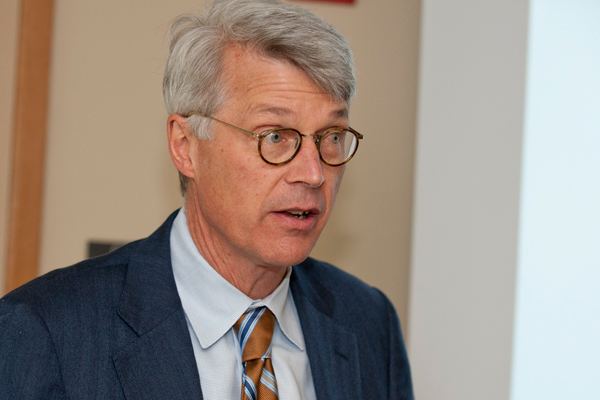 | ||
Full Name Scott Douglas Sagan Institutions Stanford UniversityHarvard University Books The spread of nuclear weapons, The limits of safety, Moving Targets: Nuclear S, The Spread of Nuclear | ||
First person scott sagan nuclear disarmament expert full version
Scott Douglas Sagan (born 1955) is the Caroline S.G. Munro Professor of Political Science at Stanford University and Senior Fellow at Stanford's Center for International Security and Cooperation (CISAC). He is known for his research on nuclear weapons policy and nuclear disarmament, including discussions of system accidents, and has published widely on these subjects.
Contents
- First person scott sagan nuclear disarmament expert full version
- Scott Sagan on Nuclear Accidents and North Korea
- Biography
- Work
- Awards
- References
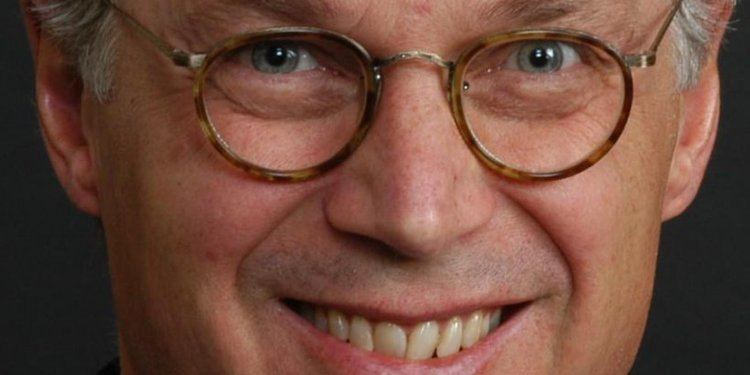
In 2017, Scott Sagan received the International Studies Association's Susan Strange Award. Sagan was the recipient of the National Academy of Sciences William and Katherine Estes Award in 2015 and the International Studies Association's Distinguished Scholar Award in 2013.
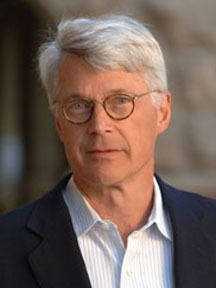
He currently serves as Project Chair for the American Academy of Arts and Sciences' Initiative on New Dilemmas in Ethics, Technology, and War and as Senior Advisor for the American Academy of Arts and Sciences' Global Nuclear Future Initiative.
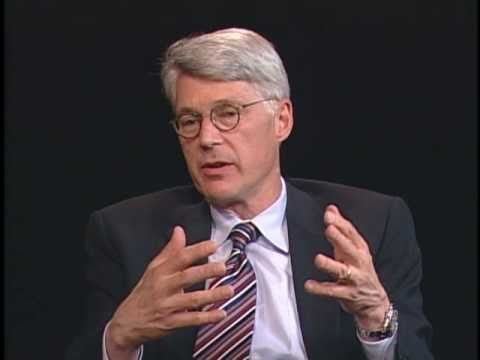
Scott Sagan on Nuclear Accidents and North Korea
Biography
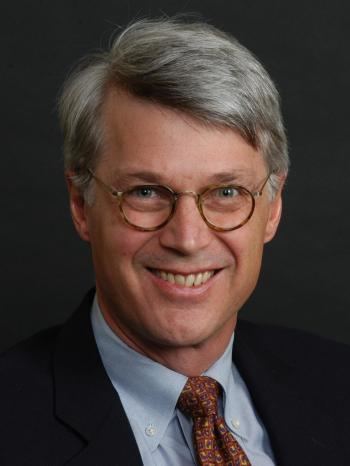
Sagan holds a B.A. in Government from Oberlin College (1977) and a Ph.D. from Harvard University (1983). He spent the junior year of his undergraduate degree at the University of Aberdeen in Scotland. Before joining the Stanford faculty in 1987, Sagan was a lecturer in the Department of Government at Harvard University and served as special assistant to the director of the Organization of the Joint Chiefs of Staff in the Pentagon. He has served as a consultant to the office of the Secretary of Defense and at the Sandia National Laboratories and the Los Alamos National Laboratory.
Work
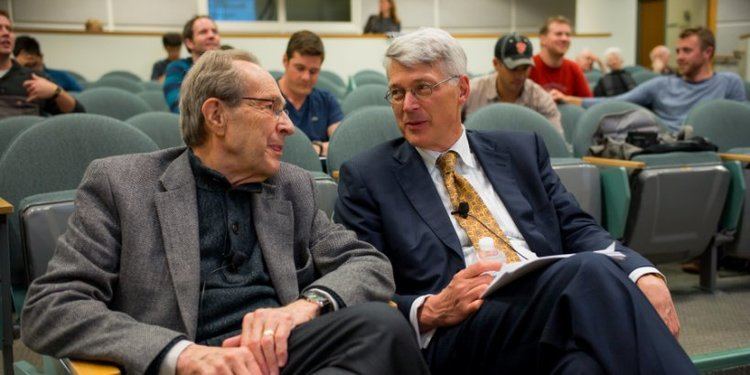
Sagan is known for his research on the organizations managing nuclear weapons and published on the subject in The Limits of Safety: Organizations, Accidents, and Nuclear Weapons (Princeton University Press, 1993). Bruce G. Blair writes, "Scott Sagan's book [The Limits of Safety] is nothing less than a tour de force.... It is by far the most carefully researched and painstaking study of nuclear weapons safety ever written."
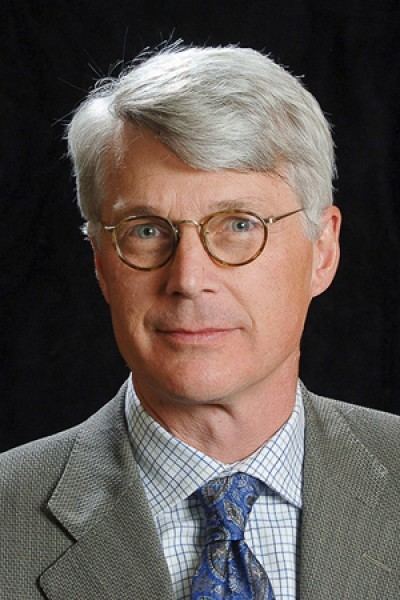
He also is one of the leading pessimist scholars about nuclear proliferation, and his co-authored book with Kenneth Waltz, The Spread of Nuclear Weapons: A Debate Renewed, is widely read and cited in the literature on nuclear weapons. Sagan writes in the book, "the United States and the Soviet Union survived the cold war and did not use their massive nuclear-weapons arsenals during the period's repeated crises. This should be a cause of celebration and wonder; it should not be an excuse for inaction with either arms control or non-proliferation policies."
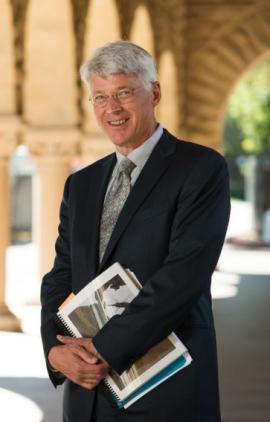
His most recent publications include Insider Threats, co-edited with Matthew Bunn (Cornell University Press, 2017); Learning from a Disaster: Improving Nuclear Safety and Security after Fukushima, co-edited with Edward D. Blandford (Stanford University Press, 2016); and guest editor of a two-volume special issue of Daedalus, New Dilemmas in Ethics, Technology, and War (Fall 2016 and Winter 2017). Sagan is also the author of Moving Targets: Nuclear Strategy and National Security (Princeton University Press, 1989); and The Limits of Safety: Organizations, Accidents, and Nuclear Weapons (Princeton University Press, 1993). He is the co-editor of Planning the Unthinkable (Cornell University Press, 2000) with Peter R. Lavoy and James L. Wirtz; the editor of Inside Nuclear South Asia (Stanford University Press, 2009); co-editor of a two-volume special issue of Daedalus, On the Global Nuclear Future (Fall 2009 and Winter 2010), with Steven E. Miller. Other publications include "The Case for No First Use" in Survival (June 2009); “A Call for Global Nuclear Disarmament” in Nature (July 2012); “Atomic Aversion: Experimental Evidence on Taboos, Traditions, and the Non-Use of Nuclear Weapons” with Daryl G. Press and Benjamin A. Valentino in The American Political Science Review (February 2013); and the American Academy of Arts and Sciences occasional paper, “A Worst Practices Guide to Insider Threats: Learning from Past Mistakes,” (2014), with Matthew Bunn.
Awards
In 2017, Scott Sagan received the International Studies Association's Susan Strange Award. The award recognizes a person whose “singular intellect, assertiveness, and insight most challenge conventional wisdom and intellectual and organizational complacency" in the international studies community. Sagan was the recipient of the National Academy of Sciences William and Katherine Estes Award in 2015, for his pioneering work addressing the risks of nuclear weapons and the causes of nuclear proliferation. The award, which is granted triennially, recognizes “research in any field of cognitive or behavioral science that advances understanding of issues relating to the risk of nuclear war.” In 2013, Sagan received the International Studies Association's International Security Studies Section Distinguished Scholar Award. Sagan has also won four teaching awards: the Monterey Institute for International Studies’ 2009 Outstanding Contribution to Nonproliferation Education Award; the International Studies Association’s 2008 Deborah Misty Gerner Innovative Teaching Award; Stanford University’s 1998-99 Dean’s Award for Distinguished Teaching; and Stanford University's 1996 Laurance and Naomi Hoagland Prize for Undergraduate Teaching. He teaches a popular course at Stanford for sophomores called "The Face of Battle," in which students examine how strategy was translated into tactical decisions on the battlefield during key battles in American history.
